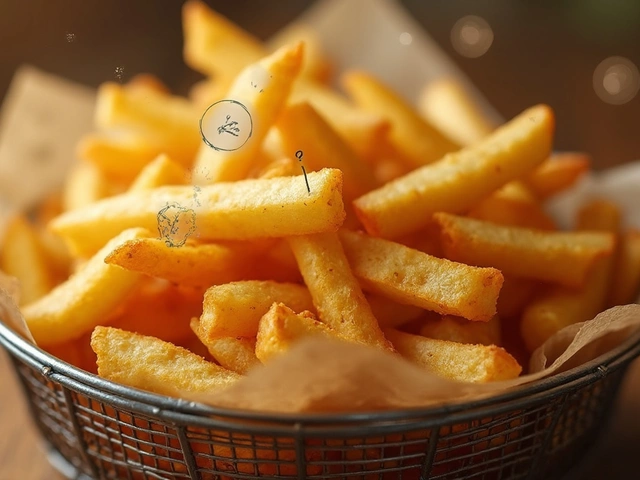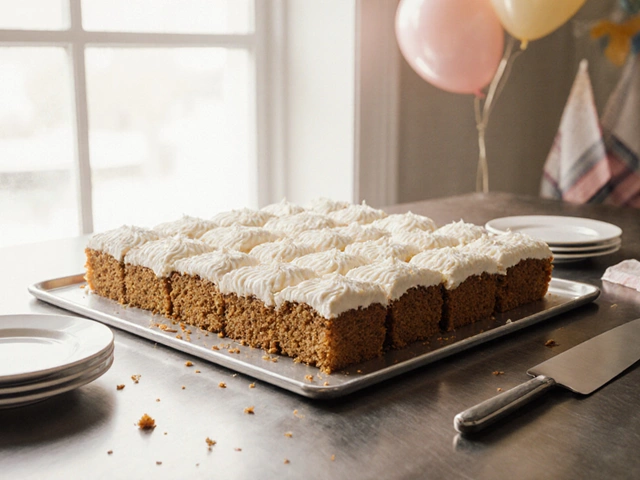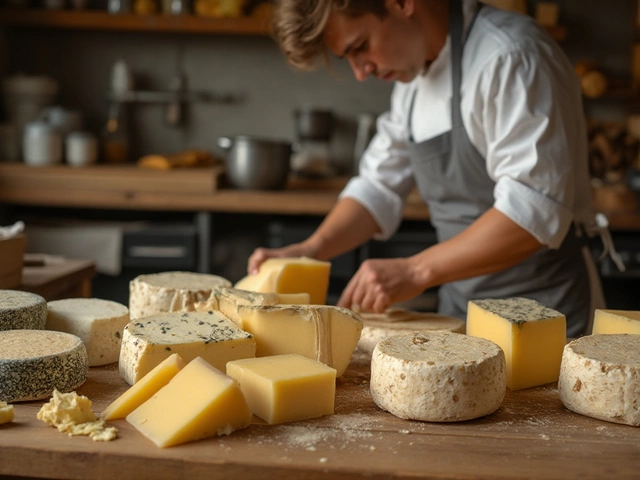Soft-ball Stage: Your Guide to Perfect Candy Consistency
If you’ve ever tried to make fudge, caramel, or a smooth candy coating, you know the moment when the syrup feels just right can feel like magic. That moment is what bakers call the soft‑ball stage. It’s the point where a drop of boiled sugar, cooled in cold water, forms a soft, pliable ball that flattens when you press it. Hitting this stage means your candy will be chewy, not grainy, and it’s the secret behind many of the recipes on this site.
What Temperature Defines the Soft‑ball Stage?
The soft‑ball stage falls between 235°F (112°C) and 245°F (118°C). If you’re using a candy thermometer, set it to that range and watch the needle climb. No thermometer? No problem. Drop a tiny spoonful of the hot syrup into a bowl of ice‑water. If it forms a soft ball that you can pick up with your fingers and it bends without breaking, you’ve reached the soft‑ball stage.
Why It Matters for Your Sweet Treats
Getting the temperature right changes texture. In fudge, the soft‑ball stage ensures the sugar crystals stay tiny, giving you that melt‑in‑your‑mouth feel. For caramel, it creates that smooth, buttery stretch that pulls apart nicely. Even when you’re making fudge‑style brownies or crumbly candy bars, staying in this range keeps the final product from turning hard or grainy.
Here’s a quick cheat‑sheet you can keep in the kitchen:
- Use a heavy‑bottomed saucepan – it spreads heat evenly.
- Stir gently at first; once it starts boiling, stop stirring to avoid crystal formation.
- Watch for a steady boil – a rolling boil means the water in the syrup is evaporating fast.
- When you see steam thickening, start checking the temperature.
If you overshoot and hit the hard‑ball stage (300°F+), the candy will firm up too much. That’s great for lollipops, but not for fudge. So keep a close eye on the thermometer and be ready to pull the pan off the heat as soon as you hit the 235‑245°F window.
Once you’ve nailed the soft‑ball stage, the rest is easy. Pour the hot syrup into a pre‑greased pan, let it cool a bit, then stir until it thickens. For fudge, you’ll want to beat it until it loses its glossy shine and becomes matte. That’s the sign it’s ready to set.
Need more help? Check out our related posts:
- The Real Secret to Perfect, Creamy Fudge—And How You Can Nail It Every Time
- How to Make Fudge That’s Smooth and Not Grainy: Fudge‑Making Secrets Revealed
- Boiling Fudge Too Long: What Really Happens and How to Fix It
Remember, candy making is part science, part feel. The soft‑ball stage gives you a reliable temperature checkpoint, but the final texture also depends on how you cool and stir. Keep practicing, and soon you’ll hit that perfect soft ball without even looking at the thermometer.
Got a question about a specific recipe or need a troubleshooting tip? Drop a comment below or join our community of dessert lovers. Happy cooking!

Fudge Temperature Guide: The Exact Soft‑Ball Stage and How to Hit It Every Time
Wondering what temperature to cook fudge at? Get the exact soft-ball range, quick fixes, altitude adjustments, and a simple step-by-step to nail creamy fudge.
View More




